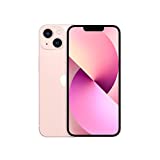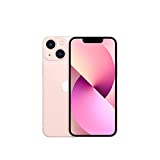How Much Storage Space Do You Need on Your iPhone?
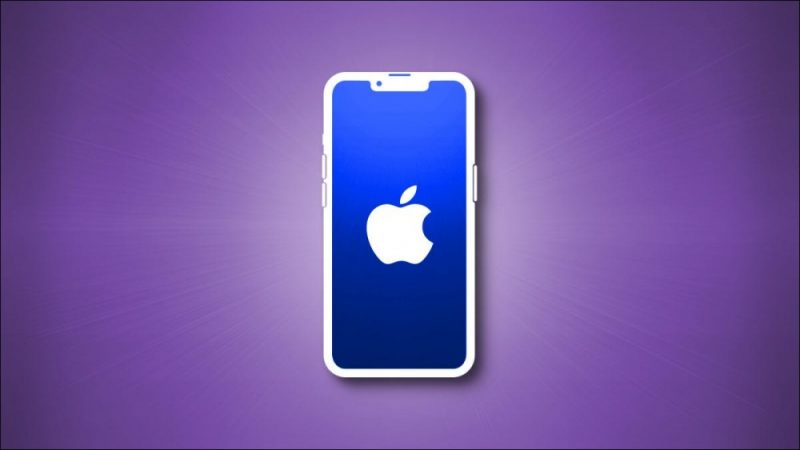
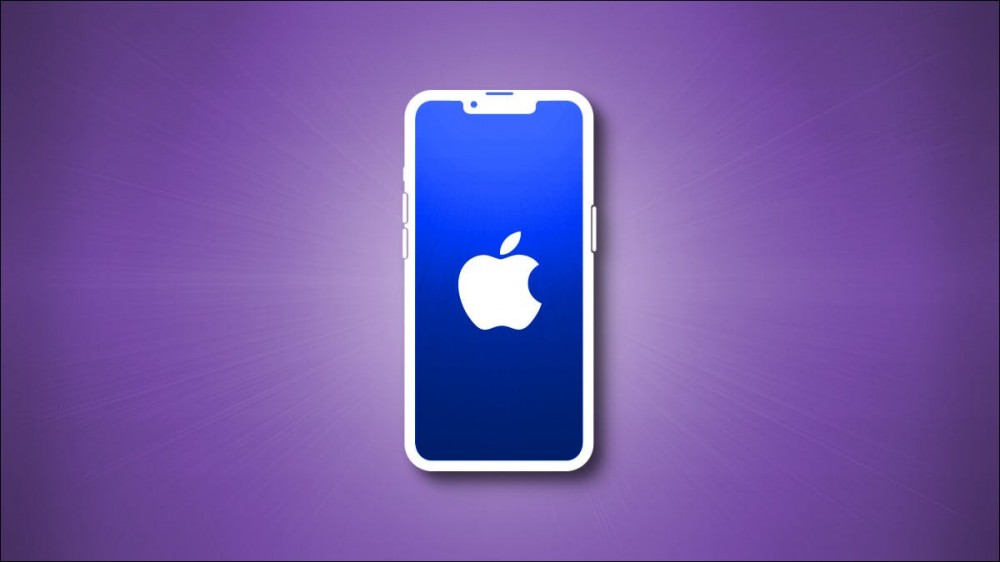
When shopping for a new or used iPhone, you’ll need to keep a vital number in mind: Storage capacity. The storage size of your iPhone will determine how many apps, photos, videos, and other data you can keep locally on your device. Here’s a look at the tradeoffs at work.
Buy as Much Space as You Can Afford
When it comes to iPhones, more storage capacity is almost always better, with a big catch: It costs more money. Using an example from March 2022, an unlocked 128 GB iPhone 13 cost $829, while an unlocked 512 GB iPhone 13 cost $1,129. That’s a $300 difference for four times more onboard storage.
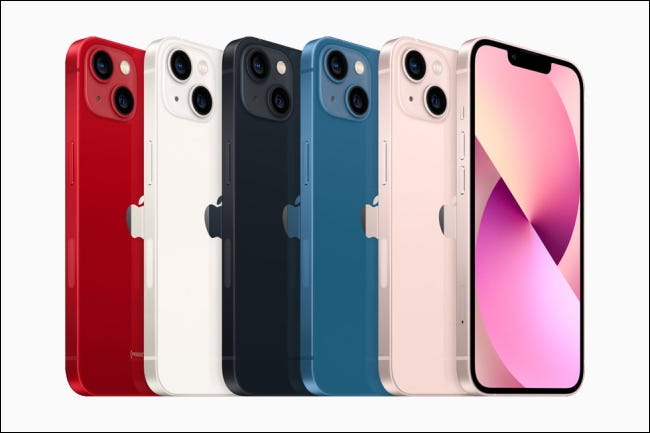
As of March 2022, Apple sells iPhones with storage capacities that range from 64 GB all the way to 1 TB. Here’s Apple’s March 2022 iPhone lineup—which will change over time—but will give you an idea of the typical spread of capacities available:
- iPhone SE: 64 GB / 128 GB / 256 GB
- iPhone 11: 64 GB / 128 GB
- iPhone 12: 64 GB / 128 GB / 256 GB
- iPhone 13: 128 GB / 256 GB / 512 GB
- iPhone 13 Pro: 128 GB / 256 GB / 512 GB / 1 TB
Why do you need more storage? Photos and videos in particular take up a lot of space, along with podcasts, music, and large apps such as games. If you’re a light-duty iPhone user that typically just uses it to make calls, text people, send emails, and browse the web, you can potentially get by with less storage space on your iPhone.
But if you like to take lots of photos and videos, use hundreds of apps, and want to carry a large music collection in your pocket, you’ll want as much iPhone storage capacity as possible. Keep in mind that, unlike some Android phones, the iPhone’s storage space isn’t expandable or upgradeable. Once you buy a model with a certain capacity, it will always be that way.
RELATED: How to Set Up a New SD Card in Android for Extra Storage
64 GB Is Not Enough
Even if you’re not a heavy-duty iPhone user, you might find yourself running up against storage limits rather quickly if you only have 64 GB on your iPhone. Keep in mind that not only will you store your emails, messages (and any video or photo attachments), media files, and apps on your iPhone, but you often need 8-10 GB free just to install iOS updates. Running up against the limit and micromanaging a small amount of free space is never a pleasant experience.
While storage needs are subjective and vary from person-to-person, here’s a rough guide that might help you make a decision about which iPhone is right for you.
- 64 GB: Not recommended for anything but very light use: Few apps, not much media storage.
- 128 GB: Good size for medium-duty use. This should be the minimum size Apple offers.
- 256 GB: Great for heavy mobile games, and will allow storing more photos and other media files locally.
- 512 GB: Lots of media storage space for professionals or people who take many videos.
- 1 TB: Good for pro use, storing 4K video, and more.
To offset lower-capacity phones, you can sometimes rely on iCloud, which is Apple’s cloud storage service. With iCloud, you can keep older photos and videos stored in the cloud for later access, which lets you free up storage space on your iPhone without losing any data. iCloud is nice, but it’s no replacement for on-device storage, which is available instantly whenever you need it.
So the bottom line is: Get as much storage as you can afford, but avoid 64 GB if possible. Good luck!



